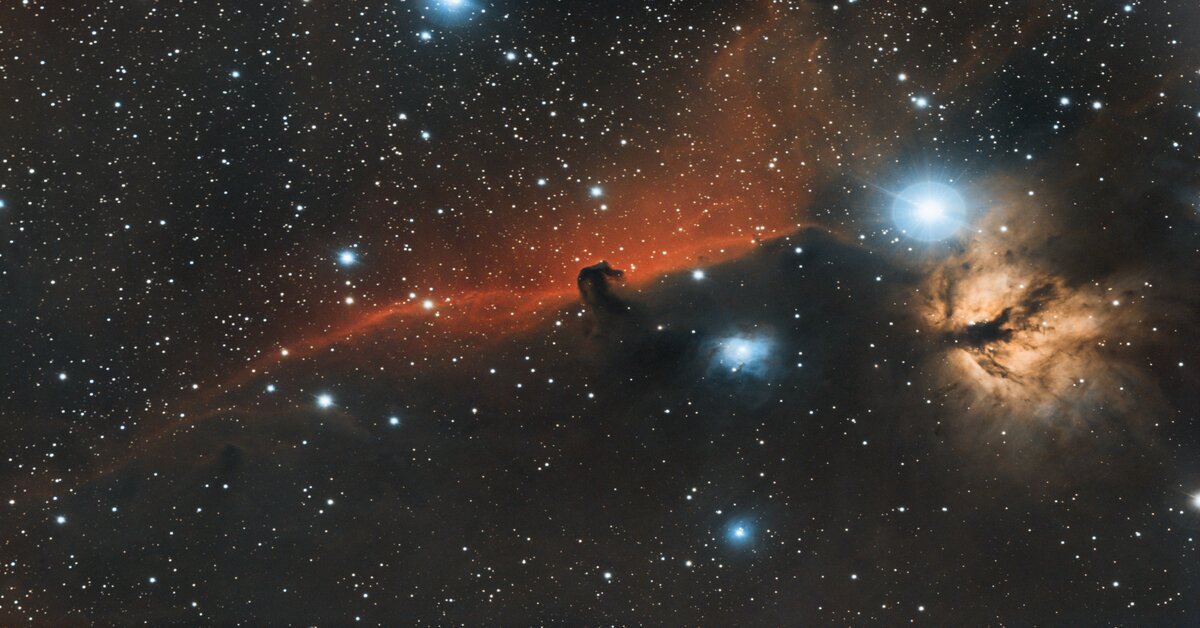The Solar System: A Fascinating Journey Through Space
The Solar System, our cosmic neighborhood, is a marvel of astronomical wonder that has captivated human curiosity for centuries. Spanning vast distances and hosting a diverse array of celestial bodies, the Solar System serves as our cosmic home and a testament to the awe-inspiring scale and complexity of the universe. This essay explores the composition, formation, and significance of the Solar System, shedding light on its profound implications for our understanding of the cosmos.
Composition of the Solar System
At the heart of the Solar System lies the Sun, a luminous star around which everything revolves. The Sun, primarily composed of hydrogen and helium, exerts gravitational dominance over a retinue of planets, moons, asteroids, comets, and other debris. These celestial bodies are organized into two main regions: the inner Solar System, comprising the rocky planets Mercury, Venus, Earth, and Mars, and the outer Solar System, dominated by the gas giants Jupiter, Saturn, Uranus, and Neptune, along with their moons and a vast realm of icy objects known as the Kuiper Belt.
Each planet in the Solar System possesses unique characteristics shaped by its distance from the Sun, composition, and geological history. The inner planets are relatively small and composed primarily of rock and metal, while the outer planets are larger and predominantly composed of hydrogen, helium, and other gases.
Formation of the Solar System
The origin of the Solar System dates back approximately 4.6 billion years to a swirling cloud of gas and dust known as the solar nebula. This nebula began to collapse under its own gravity, forming a protostar at its center—our Sun. As the Sun ignited and began to emit radiation, leftover material in the disk surrounding it coalesced to form the planets and other bodies we observe today.
This process, known as accretion, resulted in the formation of terrestrial planets close to the Sun where temperatures were high enough for rock and metal to condense, and giant planets farther out where temperatures allowed the accumulation of gases and ices. Moons and smaller objects like asteroids and comets formed from the remnants of this protoplanetary disk, preserving clues about the early history of the Solar System.
Significance of the Solar System
Studying the Solar System provides insights into planetary formation, evolution, and the conditions necessary for life. Earth, uniquely positioned within the Sun’s habitable zone, supports a rich diversity of life forms, making it a prime candidate for studying the principles of habitability and the potential for life elsewhere in the universe.
Beyond scientific inquiry, the Solar System has cultural and practical significance. It has inspired countless myths, legends, and scientific discoveries, shaping our understanding of astronomy and our place in the cosmos. Furthermore, exploration missions to planets and moons within our Solar System continue to yield groundbreaking discoveries about planetary geology, climate, and potential resources that could one day support human colonization.
Conclusion
The Solar System stands as a testament to the beauty, complexity, and scientific wonder of the universe. From the scorching deserts of Mercury to the icy plains of Pluto, each celestial body within our cosmic neighborhood offers a glimpse into the diverse processes that shaped its evolution. As humanity continues to explore and study the Solar System, we uncover profound insights into the origins of planetary systems, the potential for extraterrestrial life, and our own origins as inhabitants of a small, blue planet orbiting an ordinary star in the vastness of space.
